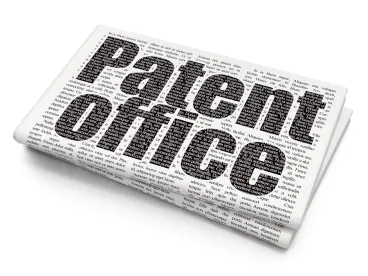Resolving what was primarily a broadest reasonable interpretation (BRI) claim construction issue, the US Court of Appeals for the Federal Circuit upheld a Patent Trial and Appeal Board (PTAB) decision that invalidated claims of a patent directed to scanning a document and sending it to an email address as a PDF file. MPHJ Technology Investments, LLC, v. Ricoh Americas Corporation, et al., Case No. 16-1243 (Fed. Cir., Feb. 13, 2017) (Newman, J) (O’Malley, J, dissenting in part).
Patent owner MPHJ argued that the PTAB wrongly construed the claims during an inter parte review (IPR) proceeding to mean that the scanning and emailing steps could be performed as separate steps. In particular, MPHJ argued that “the claimed ‘seamless’ transmission requires a one-step operation without human intervention,” and stressed “that ‘seamless’ transmission means that ‘no user intervention is needed’ between copying and destination.” In support, MPHJ cited statements in one of its provisional applications that it argued expressly limit the scope of the claims to a one-step copying and sending process. The Federal Circuit disagreed, noting that these statements were not present in the patent because they were removed during prosecution.
Of particular interest, the Federal Circuit treated the incorporation of the provisional application by reference as evidence that the applicant intended to remove the one-step limitation. The Court explained that the patent “contains no statement or suggestion of an intent to limit the claims” to a single step and in fact describes single-step operation as “optional.” Even though the specification of the provisional application was incorporated by reference into the patent, the Court concluded “that a person of skill in this field would deem the removal of these limiting clauses to be significant,” and that a competitor “would reasonably conclude that the inventor intended that single-step operation would be optional, not obligatory.” The Court concluded that substantial evidence supported the PTAB’s ruling that the challenged claims were unpatentable in view of the prior art.
In dissent, Judge O’Malley disagreed with some of the claim constructions adopted by the panel and, based on an alternative construction, would have found some claims to be patentable.



 />i
/>i


